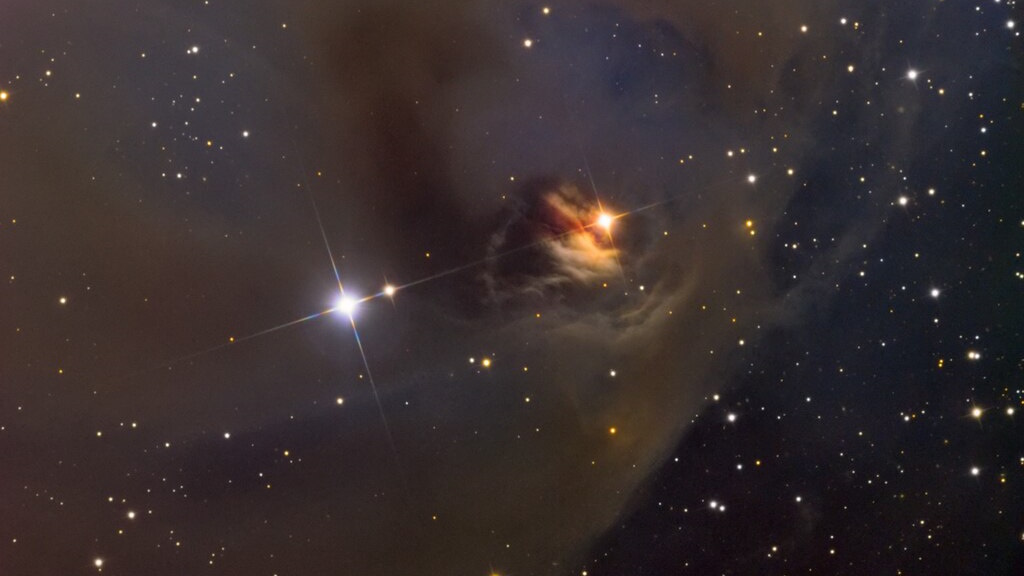Even with modern GPS, scientists must “look and look and look and look” for remains worth digging up.
Question: How do scientists locate and recover fossils?
Donald Johanson: Well I think when someone sees a brand-new discovery, for example in the pages of a National Geographic magazine or whatever, they think you just kind of travel out there and look around and run into one of these bones and it’s almost by luck that one finds these things, but we apply a pretty strategic plan to surveying and completely scouring an area. We will map out an area on aerial photographs and systematically work through the various grid system that we set up, spend three or four days in an area the size of a New York City block for example with maybe five or six people and the only way to find a fossil is to look and look and look and look and hope that the light is right, that you’re concentrating on a particular spot and once you find something you then kneel down, have a close look at it. Before you even pick it up make a photograph, map it exactly. Now of course we can use GPS units and in the case of a fossil that has been broken, you try to keep people out of the area, so that there is no damage done to any of the bone fragments and you set up a micro-grid system, so that you map every piece and number it as you pick it up and photograph it and bag it and bring it back to the research camp where we identify it, catalog it and actually photograph it in more detail.
Question: In what ways is new technology making the search for fossils easier?
Donald Johanson: Well there is nothing really that helps us search for fossils. We can use satellite imagery to eliminate areas that are where there are volcanic rocks for example. Fossils are best preserved in sedimentary rocks like sands and silts and things like that and they leave a particular signature in these aerial photographs, so we know where not to go and we know where we might have a possibility. So that finding fossils themselves still involves all of the ground survey, going out, making preliminary surveys in a vehicle, finding a place that has fossils then concentrating on that area and searching day in and day out and then ultimately determining whether or not we should any excavations. Sometimes we actually do excavation. In the case of the Lucy skeleton that I found in ’74, most of her was exposed on the surface. She had been eroded out by the rainstorms in the area, but other places we’ve had to do significant excavation.
Recorded on March 19, 2010
Interviewed by Austin Allen





